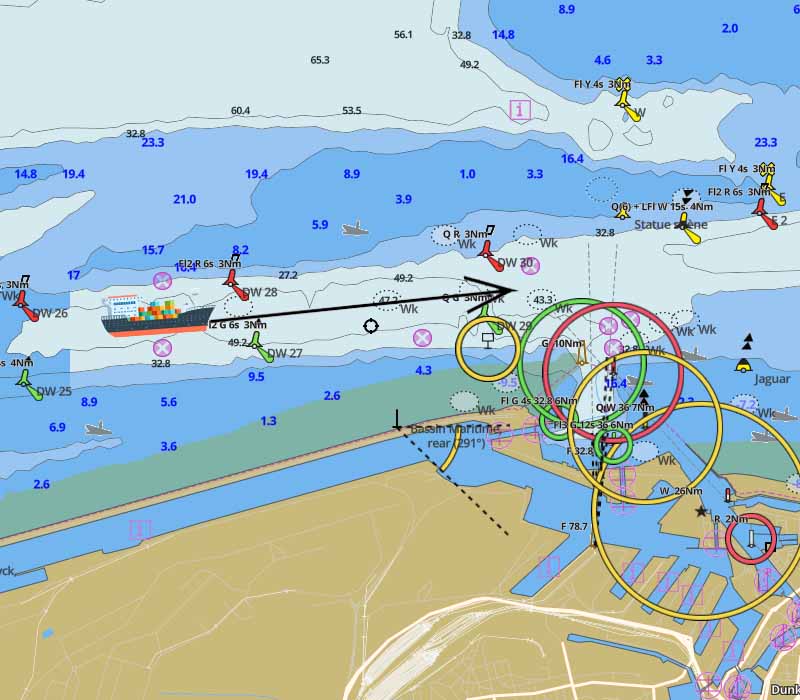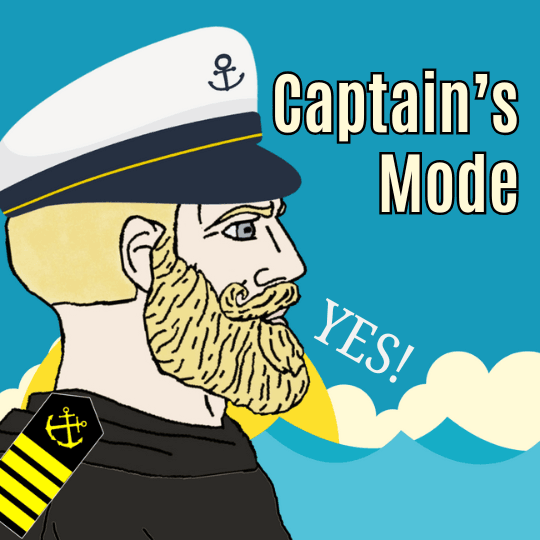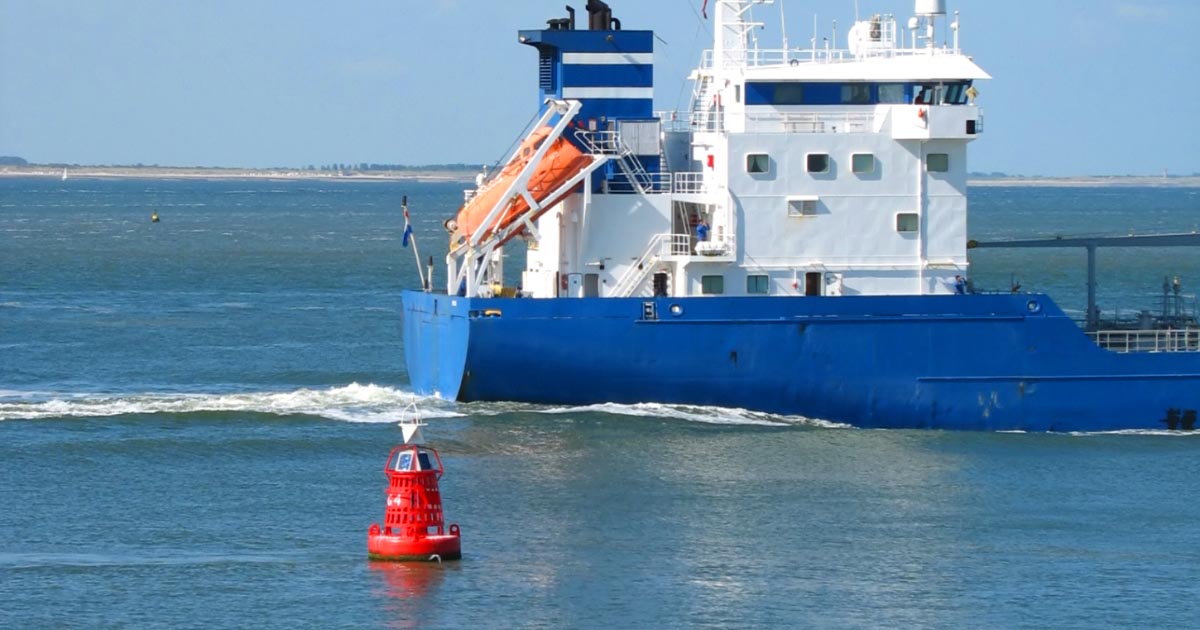Short answer? Yes and no!
Floating aids to navigation, such as buoys, lightships, light floats, ODAS, and TSS markers, are not reliable for fixing a position.
At a glance, their presence can help you determine your general location at sea, making them useful as reference points.
However, relying on these aids to establish a precise “fix” is not advisable.
In this article, we’ll explore when floating aids can be useful for fixing your position on a chart or ECDIS and when they should not be relied upon.
What are Floating Aids to Navigation?
Floating aids to navigation are anchored buoys placed in waterways to assist mariners in navigating safely.
They mark safe channels, hazardous areas, and critical navigational information while remaining afloat.
These aids are strategically positioned to provide visual and sometimes technological guidance (GPS, beacons, AIS data, weather sensors, and radar reflectors) to seafarers.
What is a Fix Position?
A “Fix Position” or basically called a “fix” is the precise determination of a vessel’s location at a specific point in time.
It is the backbone of safe navigation as it ensures the ship follows the intended route and avoids hazards to reach its destination.
There are several methods and tools used for position fixing and one of them is by the use of fixed and floating aids to navigation.
When to use floating aids to navigation or buoys to fix positions
As a general rule, using buoys or other floating aids to fix your vessel’s position is acceptable only if there are no other charted stationary objects nearby.
Here are some situations where floating aids can be used to fix a ship’s position:
- In open waters where no fixed point of reference is nearby.
- When passing near an ODAS buoy in the middle of the ocean.
- When uncertain about a fix from stationary objects.
- In familiar waters, where you have prior knowledge of buoy positions.
- During training and practice.
- As a backup to electronic systems or fixes.
- When passing between two lateral buoys of the IALA system.
- When multiple buoys in a “constellation” are present.
- When the ship is in the middle of a channel.
- When the charted land topography changes.

When NOT to use floating aids to navigation to fix position
In most cases, buoys and other floating aids should not be relied upon for fixing a ship’s position due to their potential movement and inaccuracies.
Here are specific situations where they should not be used:
- During and after a heavy storm.
- When visibility is low.
- If the floating aid is uncharted.
- When navigating in unfamiliar waters.
- In areas with frequent buoy repositioning.
- If the buoy is reported to have drifted.
- In areas with heavy traffic, shallow waters, or strong currents.
- During emergency situations.
- When stationary charted objects (e.g., beacons, promontories, breakwaters, and lighthouses) are available.
- When an inspector is expected at your port of arrival.
Best Practice
Always prioritize fixed navigational aids, radar, GPS, and visual bearings over floating aids, and cross-check position fixes using multiple reliable methods.
Conclusion
You should not rely solely on buoys and other floating aids for position fixing.
There may be times when a floating marker is your only available reference, but always remain vigilant by monitoring your chart and radar.
In the open ocean, a fix based on buoys should be supplemented with celestial observations and lines of position for greater accuracy.
May the winds be in your favor.


Leave a Reply